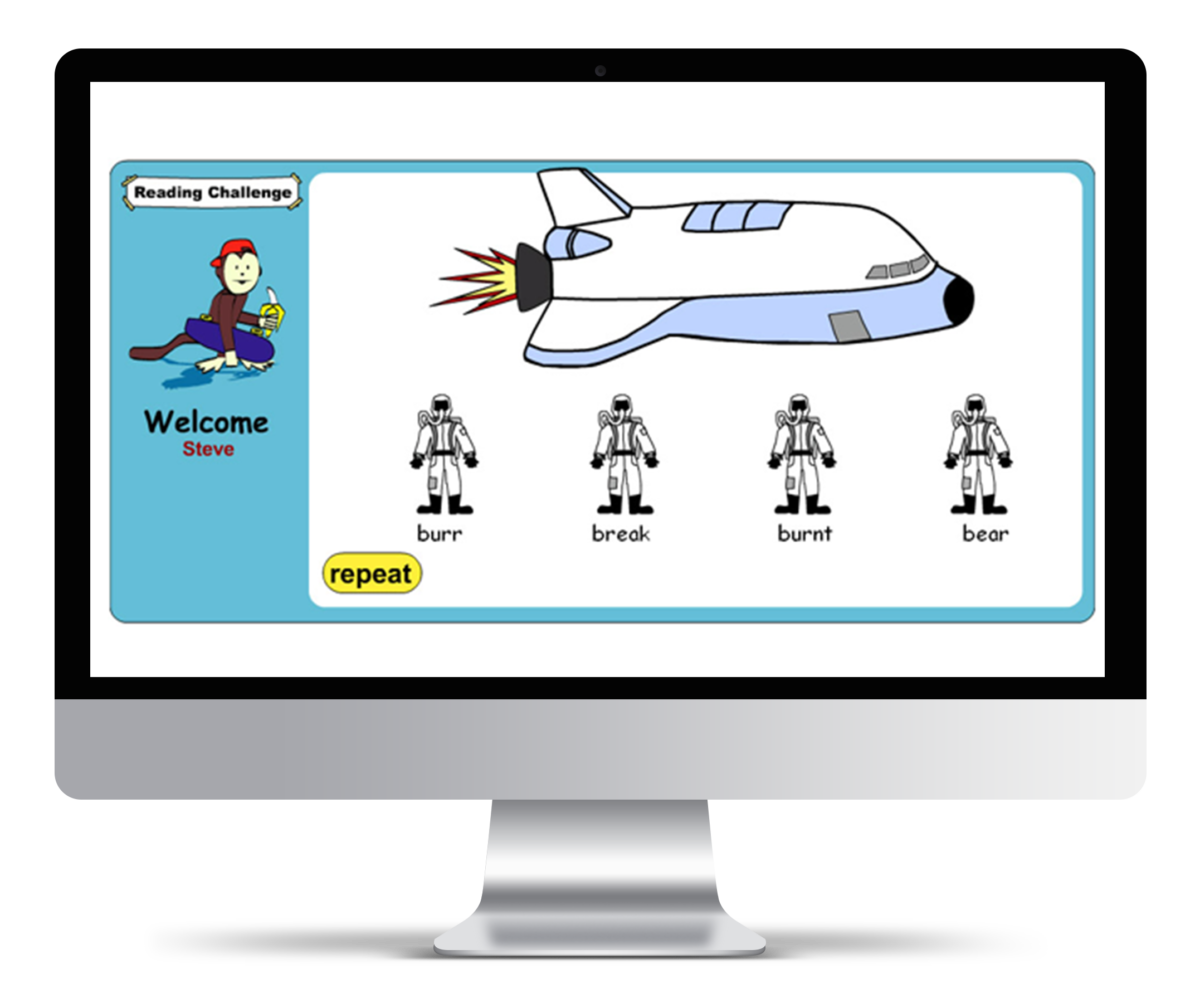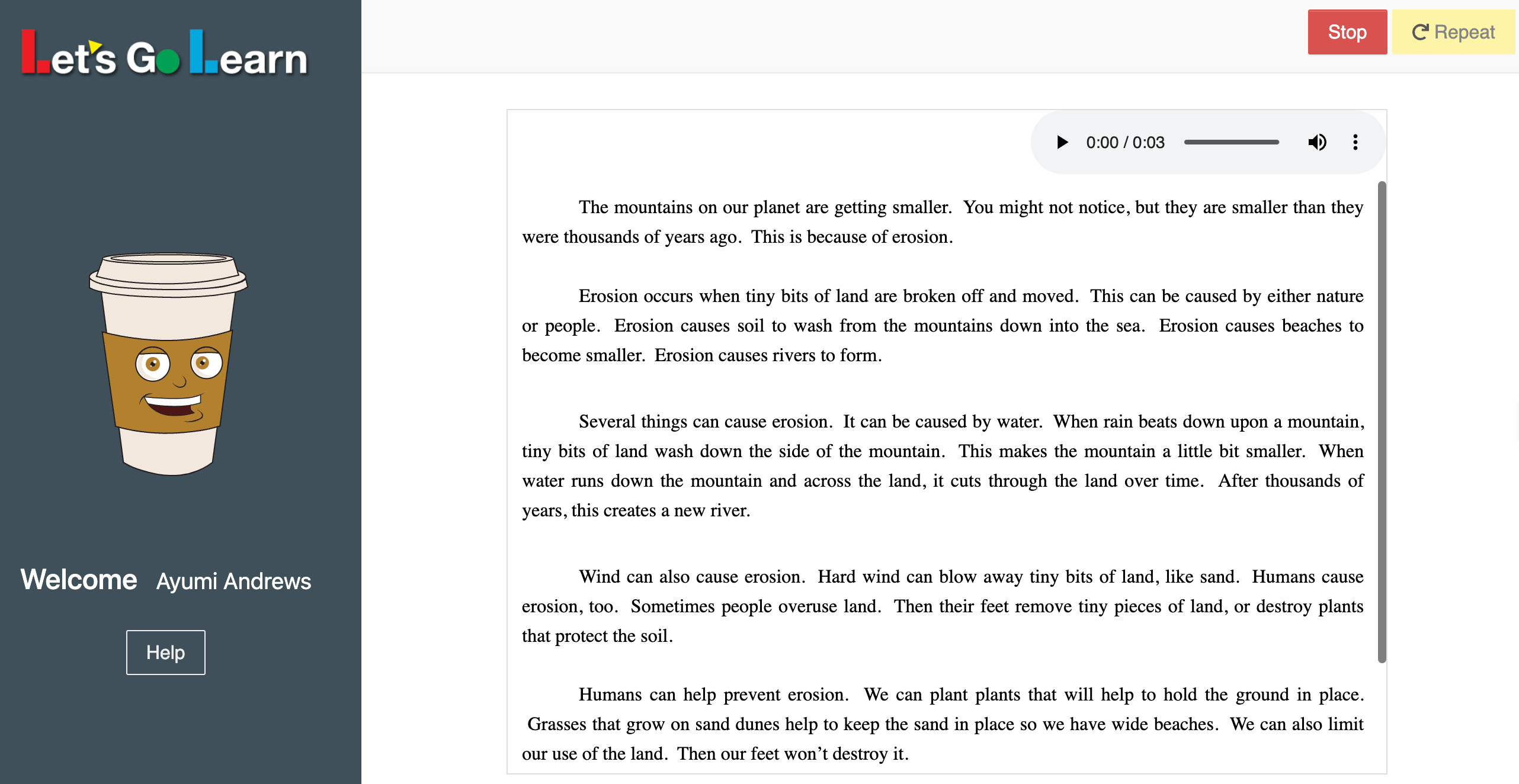Summer Homeschool Curriculum
Homeschooling offers various options for implementing a summer curriculum, providing flexibility to parents and students. One popular method is year-round homeschooling, where learning continues throughout the summer without the traditional summer break. This option allows for a consistent, comprehensive education, preventing learning loss during the long break. Parents can implement this method by following a structured curriculum that accommodates regular breaks throughout the year.
Another option is relaxed homeschooling during the summer. This approach grants students more freedom to explore their interests and pursue independent projects. Parents can provide a variety of summer homeschool ideas, such as creative writing, science experiments, arts and crafts, and educational field trips. These activities help foster a love for learning while allowing for a less rigid schedule.
Planning Your Summer Curriculum
Planning your summer curriculum can be an exciting opportunity to make the most of your time off. This guide will provide you with valuable insights and strategies to create a summer curriculum that is engaging, educational, and productive for everyone involved. Get ready to make the most of your summer by planning a curriculum that ensures growth and learning in a flexible and enjoyable way.
The best way to plan curriculum for homeschooling over the summer is to utilize best practices. Remember this ideal process:
- Assess students’ strengths and weaknesses to see where they are and to create a baseline marker. Summer gives you the opportunity to step back and see if there are any concepts your student missed the previous year, or even in years past. In math in particular, students might have missed a concept several grades earlier, which can slow down learning in the future. Utilize a detailed, proven diagnostic assessment tool to figure all of this out in less than an hour. This process will help you discover the zone of proximal development for your student.
- Use assessment results to build a customized learning plan for your student.
- Use periodic (formative) assessments to monitor your student’s progress.
- Assess your student again at the end of summer to see what learning has taken place!
Let’s Go Learn has cost-effective software solutions that automate this entire process.
Benefits of Let’s Go Learn for Homeschool Students
Let’s Go Learn is an online educational program that offers a wide range of benefits for homeschooled students. This innovative platform provides personalized learning experiences tailored to each student’s needs, ensuring that students can learn at their own pace and in their own unique ways. LGL offers a variety of engaging interactive activities, such as targeted assessments, skill-building exercises, and adaptive lessons designed to help students develop and strengthen their understanding of different subjects. With Let’s Go Learn, homeschooled students have access to comprehensive learning resources and tools that not only promote academic growth but also foster a love of learning.

LGL provides detailed performance reports and progress-tracking features, allowing parents and educators to monitor student growth and easily identify areas that require further attention. With its user-friendly interface and flexible learning options, Let’s Go Learn empowers homeschool students to take control of their education and achieve their full potential.
Personalized instruction
The first step in this process is to use Let’s Go Learn’s diagnostic assessments, a valuable tool for homeschooling families. These assessments allow educators and parents to assess a student’s baseline knowledge and identify any areas of weakness or difficulty. Based on the results of these assessments, Let’s Go Learn generates customized reports that outline the specific challenges each student may be facing. Once these challenges have been identified, Let’s Go Learn assigns personalized instruction plans to address the observed areas of weakness. These plans are tailored to students’ individual needs, providing targeted practice and instruction to help improve their skills.

Throughout the personalized instruction process, Let’s Go Learn continues to assess the student’s progress. This monitoring ensures that instruction remains effective and adjusts as needed to meet the changing needs of each student.
Diagnostic Assessment
Diagnostic assessments play a crucial role in education, with a specific focus on math and reading. The purpose of these assessments is to identify students’ strengths and weaknesses in these subjects, allowing teachers to design appropriate instructional strategies.
One of the main benefits of diagnostic assessments is that they help educators tailor their instruction to individual students. By pinpointing a student’s specific areas of difficulty in math or reading, teachers can provide targeted interventions that address each student’s unique learning needs. This personalized approach minimizes instructional gaps and enhances understanding, leading to improved academic performance.

For students with Individualized Education Programs (IEPs), diagnostic assessments are particularly valuable. Since these students have unique learning challenges, it is essential to assess their skills comprehensively. By conducting diagnostic assessments, educators can identify the specific areas in math or reading where students are struggling. This information can then be used to develop personalized education plans tailored to students’ individual learning needs. These plans may include specific interventions, accommodations, or modifications to ensure that students can access the curriculum and make meaningful progress.
Diagnostic assessments are valuable tools in education, especially for math and reading. They support students with IEPs by providing insights into their learning needs and guiding the development of personalized education plans. These assessments play a crucial role in targeting instruction, reducing instructional gaps, and promoting academic success for all students.
Homeschooling offers a spectrum of options for summer curriculum, catering to the diverse needs and preferences of both parents and students. Whether you opt for a structured year-round approach or a more relaxed summer program, the flexibility inherent in homeschooling allows for customization to best suit individual learning styles and interests. Planning a summer curriculum can be an exciting endeavor, offering opportunities for exploration, growth, and enrichment
To facilitate this process, resources like Let’s Go Learn provide invaluable support through personalized instruction and diagnostic assessments. Let’s Go Learn’s recent videos offer guidance to parents on interpreting their kids’ DORA and ADAM diagnostic assessment reports, empowering them to make informed educational decisions. By leveraging these tools and resources, homeschooling families can ensure that their summer learning experiences are both educational and engaging, tailored to their unique goals and aspirations.




Leave A Comment